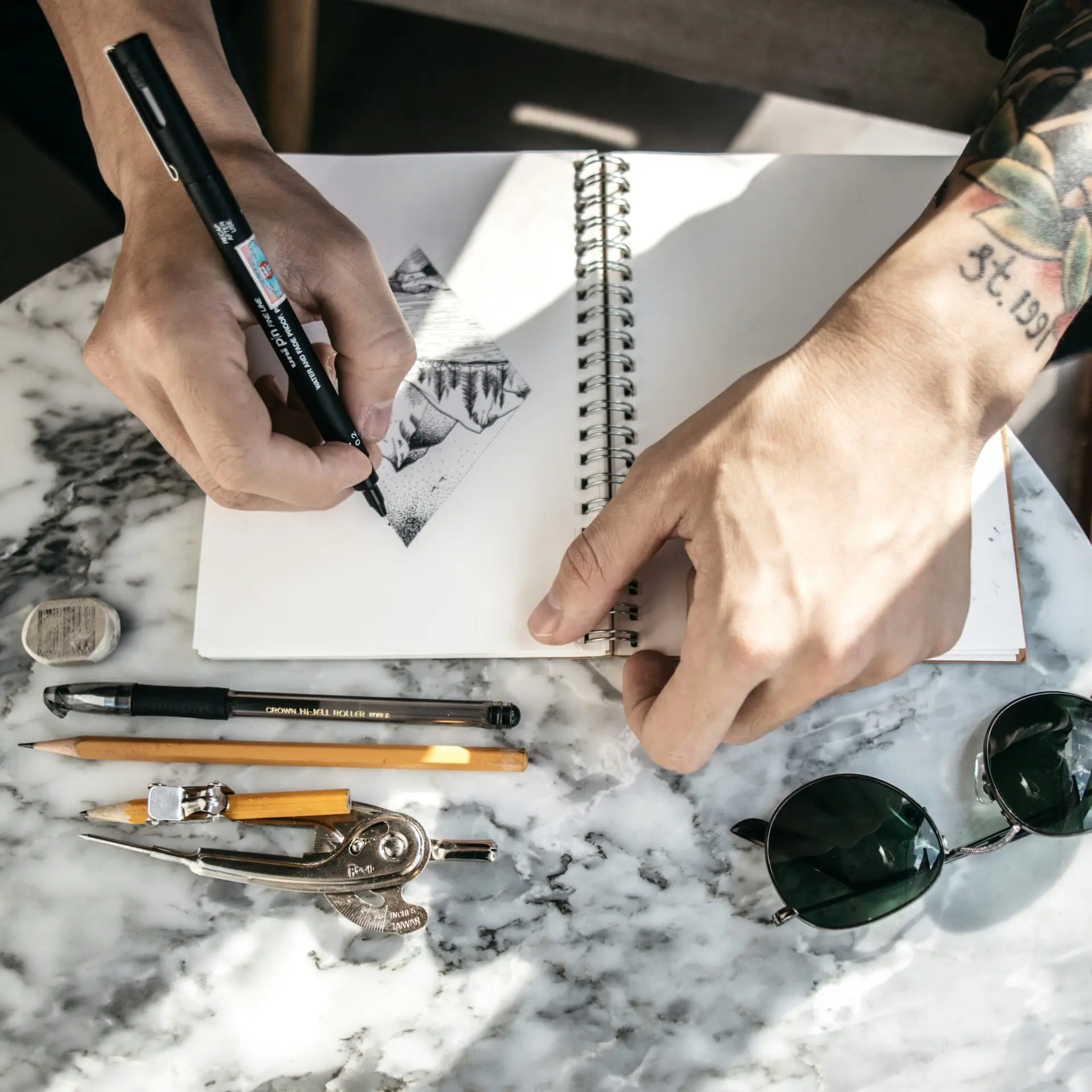
Introduction to Tattoo Style Drawings
Tattoo style drawings represent a unique and compelling aspect of tattoo artistry, with roots deeply embedded in various cultural practices and personal expressions. Over the years, the evolution of tattoo designs has led to an explosion of styles, each offering a distinctive visual language. These drawings serve not only as blueprints for the ink that will adorn the skin but also as a reflection of personal narratives, values, and aesthetics. The rapid rise of custom tattoo styles has transformed the way individuals approach body art; no longer are they confined to flash sheets in tattoo parlors, but they now seek one-of-a-kind designs tailored to their individual stories.
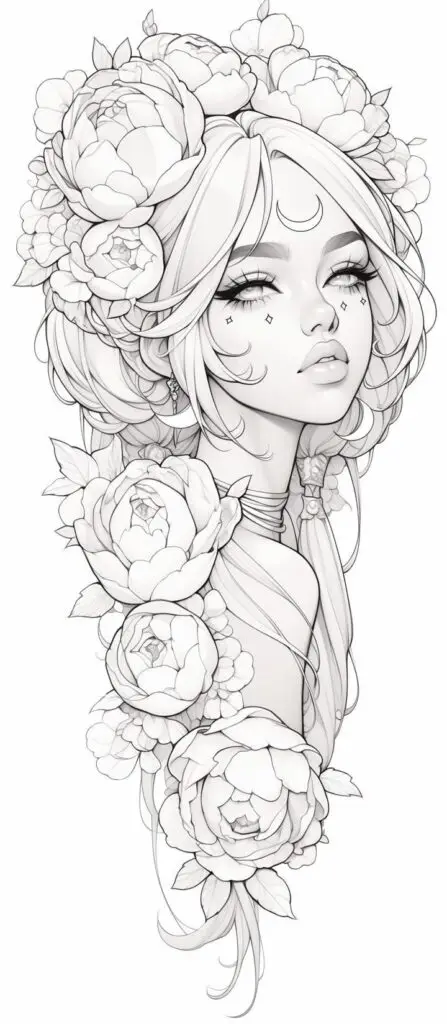
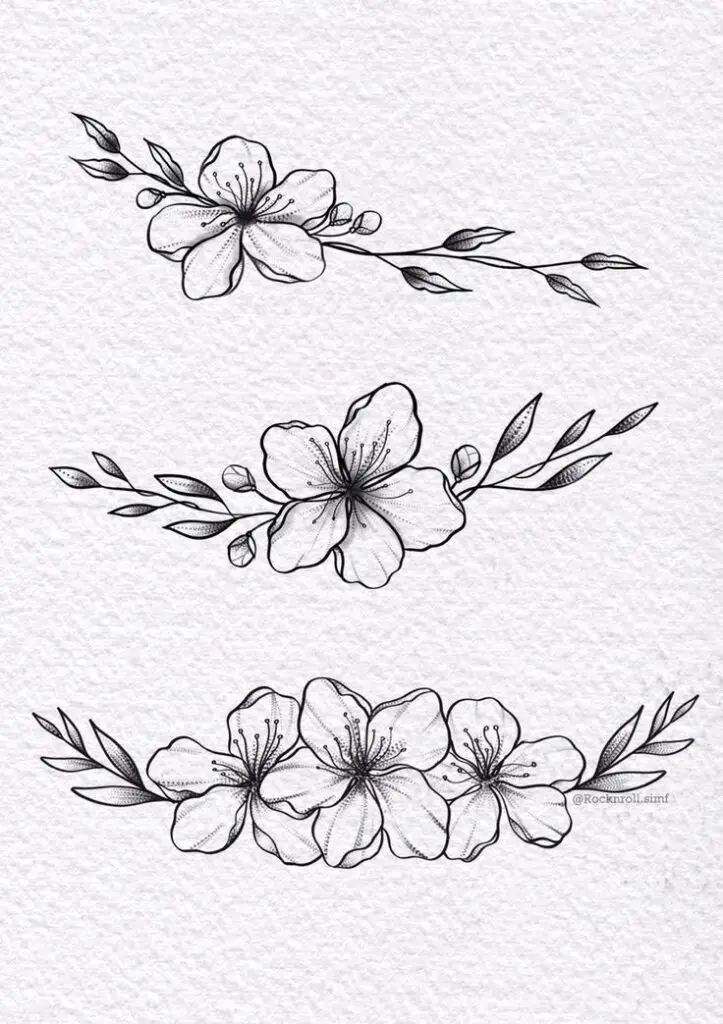
The significance of tattoo style drawings is underscored by their ability to convey complex meanings through imagery. Whether it is the delicate lines of a minimalist design, the bold colors of traditional artwork, or the intricate details found in contemporary pieces, each style evokes different sensations and interpretations. Artists often draw inspiration from a myriad of sources, including cultural symbolism, personal experiences, and nature, creating a fusion of ideas that culminates in a visually arresting final product. The recent surge in interest for tattoo culture has led to an appreciation for the craftsmanship involved in these drawings, elevating them from mere decorations to cherished forms of self-expression.
Moreover, tattoo style drawings facilitate a deeper connection between the wearer and the artist. They embody stories and emotions that words cannot capture, allowing individuals to communicate their identities and life journeys. As more people turn to body art as a statement of individuality, the role of these drawings—both in their artistic merit and personal significance—continues to grow. Understanding their evolution and application will enhance one’s appreciation for this fascinating intersection of art and personal expression.
Different Tattoo Styles Explained

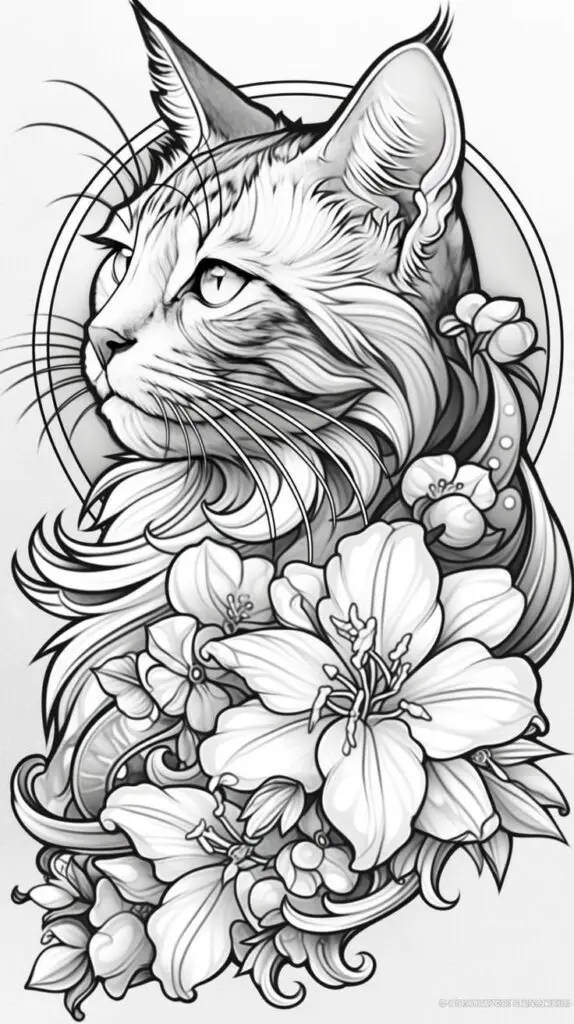
Tattoo style drawings encompass a broad range of artistic expressions, each with its distinct characteristics and historical significance. Among the most recognized styles is Traditional tattooing, often characterized by bold black outlines and a limited color palette. This style draws heavily from maritime and American culture, featuring iconic imagery such as roses, skulls, and anchors. Its roots can be traced back to the early 20th century and are often associated with sailors and the military.
Another popular style is Neo-Traditional, which evolved from the Traditional approach while incorporating a wider palette and more intricate designs. This style maintains the bold outlines but allows for more detailed shading and a greater variety of subjects, ranging from animals to florals, often adorned with elaborate, vibrant colors. Neo-Traditional tattoos have become popular for their adaptability, allowing for personal narratives to be visually represented through detailed imagery.
Tribal tattoos are deeply rooted in various cultures, with designs inspired by indigenous art forms. Characterized by black ink and intricate patterns, tribal tattoos often carry significant symbolic meanings. These designs can represent rites of passage, tribal affiliation, and personal achievements. The significance of tribal tattoo style drawings highlights cultural heritage and personal identity across many societies.
Watercolor tattoos present a more modern approach, utilizing bright colors and brush-stroke techniques to mimic the appearance of watercolor paintings. This style often focuses on creating ethereal and fluid designs, where the vibrant colors blend seamlessly into one another. While not traditionally defined, watercolor tattoos have gained popularity for their artistic flair and the emotional resonance they can convey.

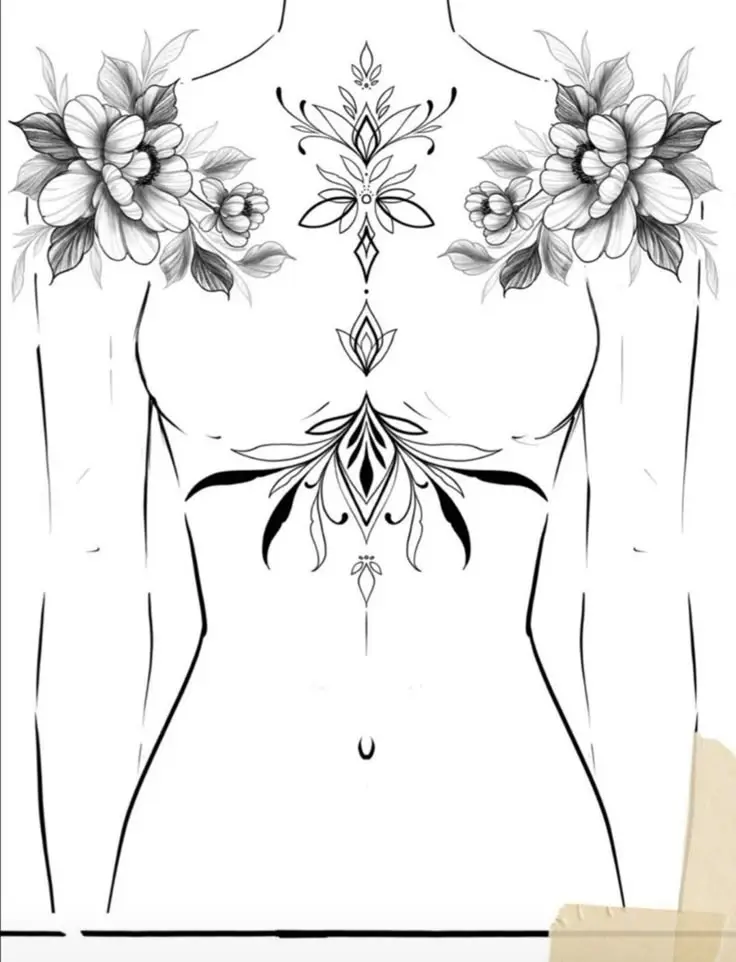
Finally, geometric tattoos employ shapes and lines to form intricate designs, often emphasizing symmetry and balance. These tattoos can range from simple patterns to complex compositions, appealing to those who appreciate a minimalist aesthetic or mathematical precision. Geometric tattoo style drawings are often used to symbolize concepts such as unity and harmony.
The Importance of Sketching in the Tattoo Process
Sketching plays a crucial role in the tattoo creation process, serving as a visual blueprint that guides both the artist and the client. Before any ink touches the skin, tattoo artists dedicate significant time and effort to developing tattoo style drawings. These initial sketches allow artists to explore design concepts and fine-tune details, ensuring the final artwork meets the expectations of the client while aligning with the artist’s unique style.
One of the primary benefits of sketching is the opportunity for collaboration between the artist and the client. During the sketching phase, clients can provide feedback on various aspects of the design, such as size, placement, and intricacies. This interaction not only helps artists refine their tattoo style drawings but also fosters a sense of ownership and satisfaction for the client, critical factors in the overall tattoo experience.
Moreover, sketching enables artists to identify potential challenges before the tattooing process begins. For instance, certain designs may not translate well onto the skin, leading to complications during inking. By creating comprehensive drawings, artists can evaluate how different elements and colors work together, make necessary adjustments, and optimize the design to ensure that it will age well over time.
The impact of sketching on the overall success of a tattoo cannot be overstated. A well-executed drawing lays the foundation for a stunning final piece, enhancing durability and aesthetic appeal. It also serves as a reference point, helping artists keep their work consistent throughout the tattooing process. In conclusion, investing time in detailed and thoughtful sketching is essential in the tattooing journey, as it significantly contributes to a positive outcome and ensures that the final product resonates with the client. By prioritizing this step, tattoo artists elevate their craft, resulting in memorable tattoos that are both beautiful and meaningful.
Popular Themes and Motifs in Tattoo Drawings
Tattoo style drawings often reflect a deep connection to the themes and motifs that resonate with individuals. Among the most popular categories are nature, mythology, and abstract designs. Each of these themes serves to convey particular sentiments, beliefs, or personal stories, making them significant for those who choose to adorn their bodies with ink.
Nature themes in tattoo art often include elements such as flowers, trees, animals, and landscapes. For instance, floral designs represent growth, beauty, and the transient nature of life, while animal motifs can symbolize various traits, from strength in wolves to wisdom in owls. These designs allow individuals to express their admiration for the environment, as well as to embody the characteristics associated with specific creatures and plants.
Mythology is another rich source of inspiration for tattoo style drawings. Symbols and characters from various cultures, such as Greek gods, Hindu deities, or Norse mythology, tap into the collective cultural consciousness and provide a narrative that many find meaningful. Such tattoos can signify a connection to history, heritage, or personal belief systems. They allow wearers to showcase their fascination with stories that have shaped civilizations and continue to inspire people today.
Abstract designs frequently feature geometric shapes, watercolor techniques, or energetic sweeps of color that defy traditional representation. These tattoos often reflect an individual’s inner thoughts or emotions, allowing for a more personal expression of identity. Abstract art in tattooing allows for creative freedom and often invites interpretation, as each viewer may derive a different meaning from its composition.
In conclusion, the exploration of popular themes and motifs in tattoo style drawings reveals the profound impact these elements have on individuals. Whether through the beauty of nature, the richness of mythology, or the creativity of abstract art, tattoos serve as a canvas for conveying one’s personal journey and values.
Tattoo Style Drawings for Personal Expression
Tattoo style drawings have long served as a powerful medium for personal expression and storytelling. Each design is imbued with meaning, often reflecting the beliefs, experiences, or heritage of the individual. For many, these intricate patterns and symbols become a visual language through which they narrate their personal journeys. From delicate floral designs that symbolize rebirth to bold tribal art that connects the wearer to their ancestral roots, tattoo style drawings communicate stories that words sometimes fail to convey.

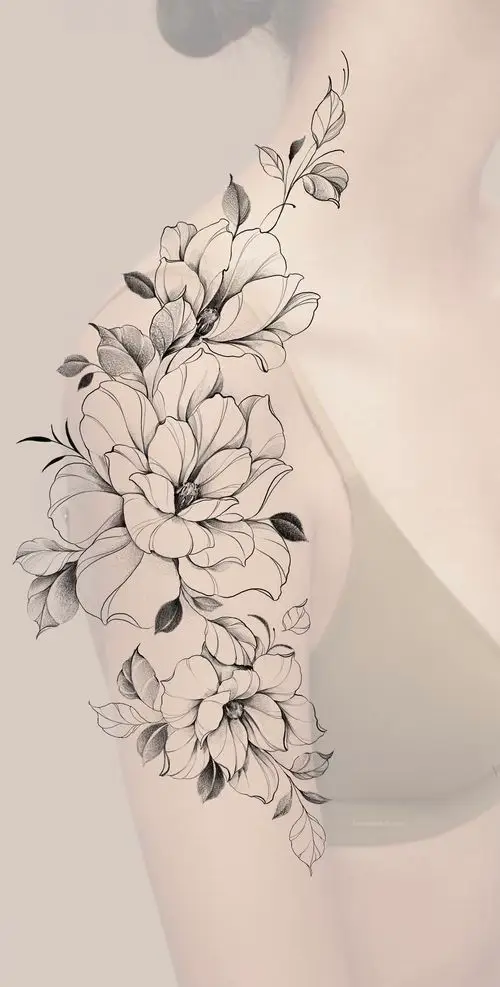
Consider the case of Sarah, who chose a simple lotus blossom for her first tattoo. To her, the lotus represents resilience and beauty despite adversity, echoing her own story of overcoming challenges throughout her life. Each petal of the lotus signifies a stage of personal growth, making her tattoo a constant reminder of her journey. Similarly, Mark, a veteran, chose a sleeve tattoo adorned with various military insignias. For him, tattoo style drawings are a tribute to camaraderie and sacrifice, allowing him to carry the memories of his fallen comrades on his skin.
These stories highlight how tattoo art transcends mere decoration; it captures an individual’s values and experiences intimately. Each tattoo can be seen as a chapter in a larger narrative, revealing insights into who we are and what we hold dear. Many people also engage in the creation process, collaborating with artists to develop unique designs that resonate personally, further enhancing the bond between the individual and their tattoo style drawing.
Ultimately, tattoo style drawings serve as a canvas for self-discovery and expression. They encapsulate life’s moments, creating a lasting narrative that individuals proudly showcase. This intersection of art and personal storytelling enriches the tattooing experience, making it an ever-evolving form of self-representation.
Tips for Creating Your Own Tattoo Drawings
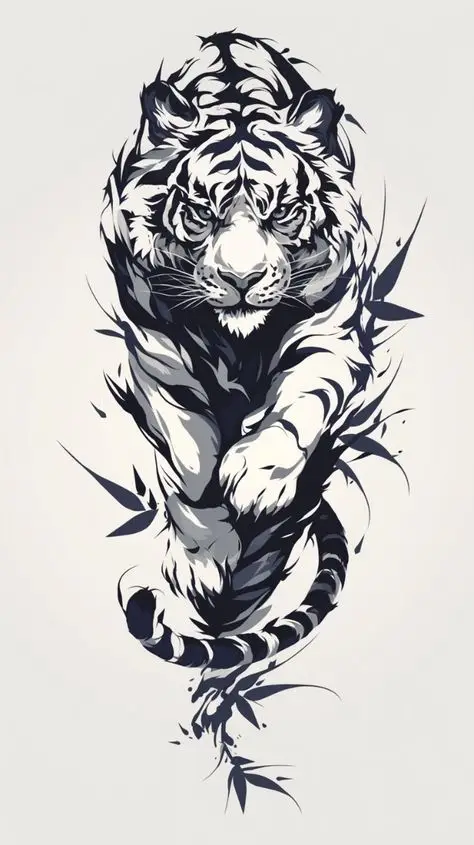
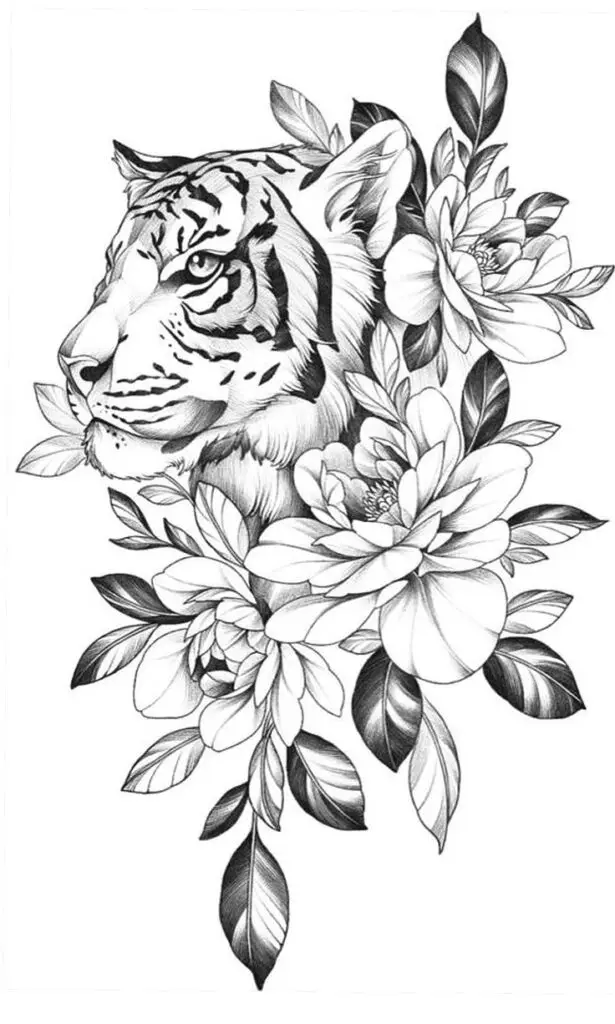
Creating tattoo style drawings can be a fulfilling and enriching experience, allowing artists to express their individuality and art style. To begin, mastering basic drawing techniques is essential. This includes understanding line work, shading, and how to create dimension and texture. Utilizing tools such as pencils, ink pens, and digital software may enhance these techniques while allowing for further refinement of details in your designs.
Finding inspiration is crucial in the creation process. Consider exploring different cultures and historical references to broaden your understanding of existing tattoo styles. Nature, mythology, and personal experiences can also serve as rich sources of inspiration. Artists often keep a sketchbook to jot down ideas, sketches, and concepts that can later be transformed into unique tattoo style drawings. Engaging with other artists through social media or art communities can additionally provide insight into diverse styles, techniques, and ongoing trends.
When choosing themes for your tattoo designs, it is beneficial to reflect on your personal values and interests. Themes can range from the minimalist to intricate patterns, and they should resonate with your identity. Incorporating personal elements into your drawings can deepen their meaning and significance, creating a connection that goes beyond mere decoration. Consider blending symbols or imagery that hold personal significance, thus adding a layer of storytelling to your work.
Lastly, practice is vital for improvement. Begin with simple designs and gradually increase the complexity as your confidence grows. Regularly revisiting and adjusting your concepts will allow you to refine your skills further. By remaining patient and dedicated to your artistic journey, you will discover your distinctive style in the world of tattoo style drawings, making your creations truly unique.
Collaborating with Tattoo Artists


Collaboration with tattoo artists is a pivotal aspect of transforming tattoo style drawings into a reality. A successful partnership begins with an understanding of the artist’s unique style. Different tattoo artists often specialize in diverse techniques and aesthetic values, ranging from traditional and realistic to abstract or watercolor styles. Familiarizing oneself with the artist’s previous work can help in gauging whether their style aligns with your vision.
Once a compatible artist has been identified, effective communication becomes essential. It is critical to articulate ideas clearly and concisely. Preparing sketches or reference photos can greatly facilitate this discussion. Sharing your tattoo style drawings or any inspirational images will provide the artist with a visual context. Be specific about the themes, colors, and overall feel you wish to achieve. However, it is equally important to remain open-minded and receptive to the artist’s insights. Their professional experience often equips them with the ability to elevate your ideas, offering suggestions that can enhance the design’s aesthetics or feasibility.
Furthermore, establishing a comfortable rapport with the tattoo artist can significantly improve the collaborative experience. Engaging in an open dialogue fosters creativity and provides a platform for the exchange of ideas. This can lead to innovative designs that may not have been realized had there been a rigid adherence to the original tattoo style drawings. Trust is an important factor; artists appreciate when clients have faith in their vision and techniques. This trust enables the creation of tattoo designs that are not only visually striking but also deeply personal.
In summary, the collaboration with tattoo artists is a dynamic process marked by understanding, clear communication, and mutual respect. Approaching this partnership with an open mind can result in stunning and meaningful tattoo art that truly reflects individual sentiments.
Caring for Your Tattoo Drawing Designs

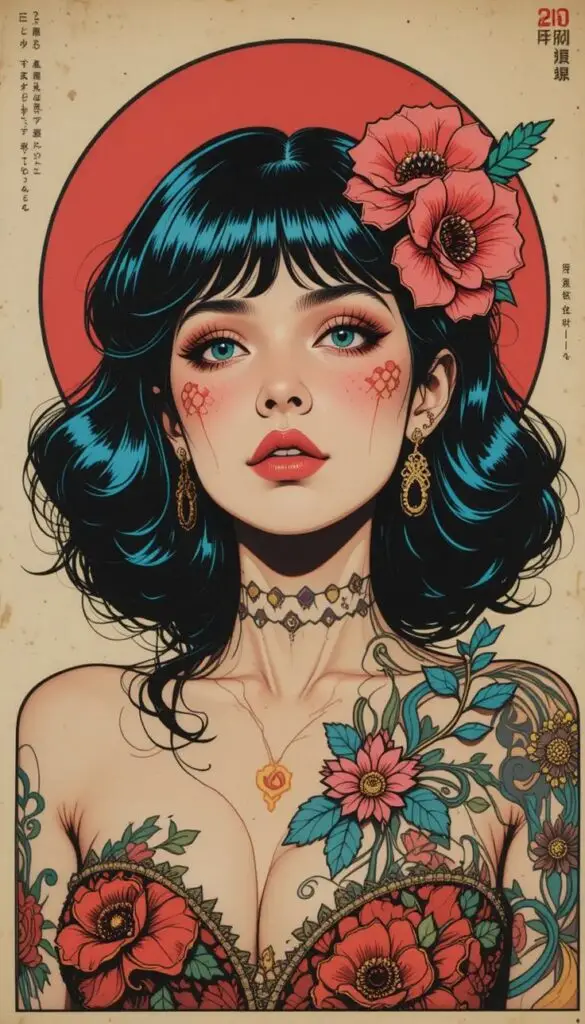
Tattoo style drawings, whether they are original sketches or prints, require proper care to ensure they retain their visual appeal and structural integrity over time. The following guidelines will help you preserve your cherished designs, allowing them to be enjoyed for years to come.
First and foremost, framing is an essential step in protecting your tattoo drawings. Choose high-quality frames that provide UV protection to prevent fading caused by exposure to light. Consider using acid-free mats and backing boards which will help mitigate deterioration from environmental factors. When framing, avoid direct contact between the glass and the tattoo design; using spacers can help create a buffer that reduces the likelihood of moisture damage.
Displaying your tattoo drawings thoughtfully can also enhance their longevity. Avoid placing your artwork in areas with high humidity or extreme temperature fluctuations, such as bathrooms or attics. Instead, select a location that is cool and dry, away from direct sunlight. Additionally, consider rotating your displayed designs periodically to minimize constant exposure to light on any single piece.
Another aspect to consider is the actual handling of your tattoo drawings. It is crucial to wear clean cotton gloves when touching original sketches to prevent oils and dirt from your fingers from transferring onto the artwork. Regular dusting with a soft, dry cloth can keep the surface clean without scratching or damaging the ink. For sketches that exhibit signs of wear or fading, consult a professional conservator specializing in art to avoid further damage during the restoration process.
In summary, maintaining the integrity of your tattoo style drawings through proper framing, displaying, and handling ensures the artwork remains a stunning focal point in your collection. By following these basic care tips, you can appreciate the artistry of tattoo drawings while helping them withstand the test of time.
Conclusion
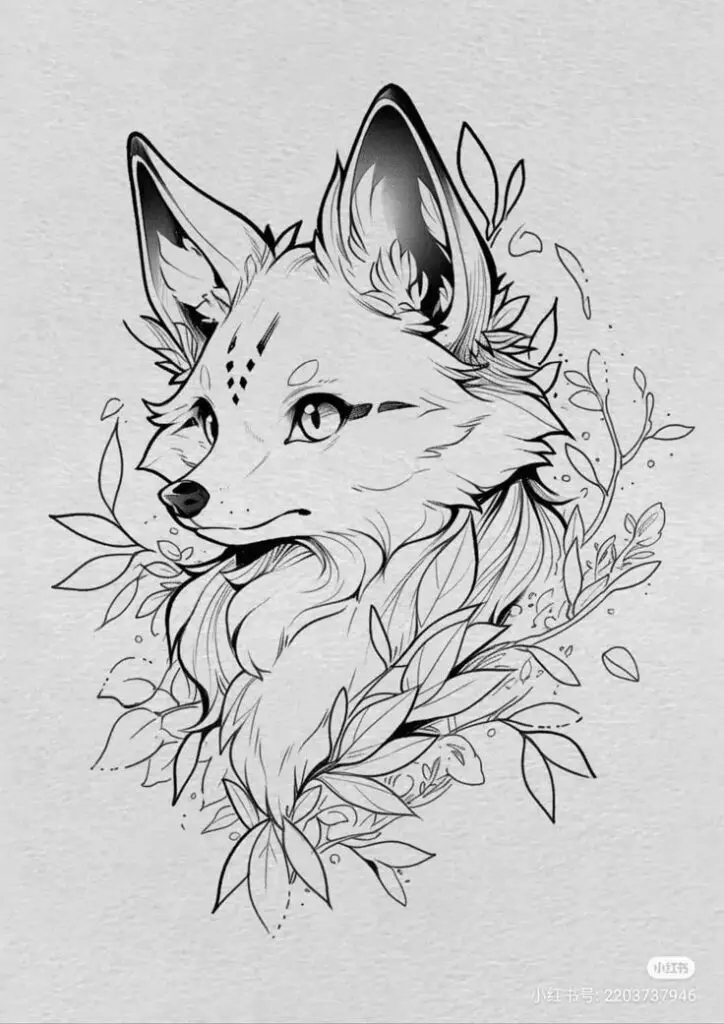
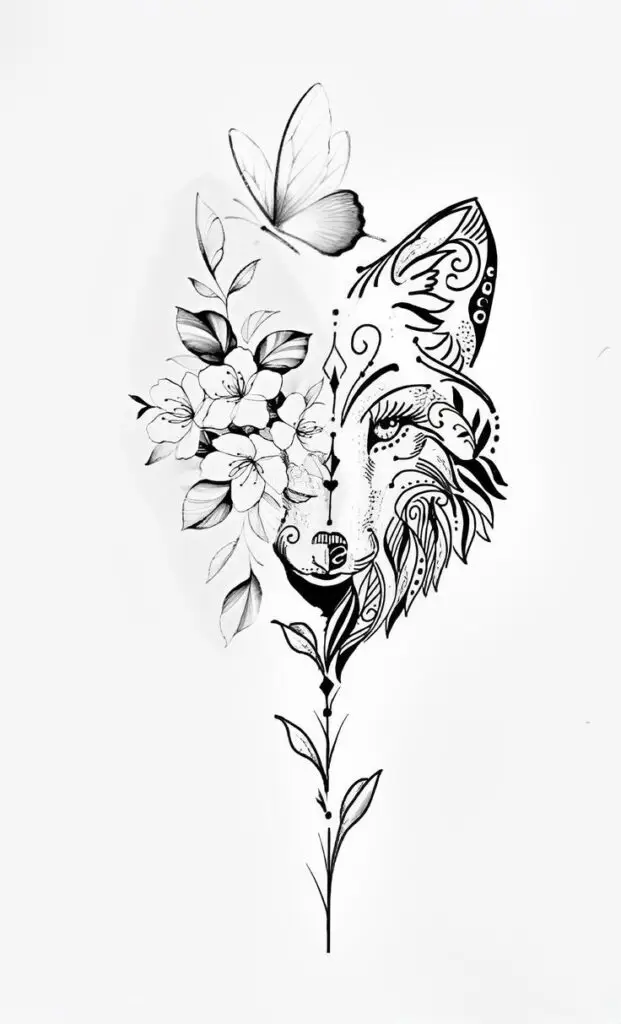
Tattoo style drawings serve as a compelling medium for personal expression and artistic creativity. Throughout this exploration of tattoo art, we have delved into the significance of diverse tattoo designs, including traditional, minimalist, and illustrative styles. Each tattoo style drawing carries its own unique narrative, allowing individuals to convey personal stories, beliefs, and emotions through intricate imagery etched onto the skin.
Moreover, the evolution of tattoo artistry has expanded the boundaries of design, incorporating cultural influences and modern aesthetics. As artists continue to innovate, the proliferation of diverse tattoo styles encourages individuals to reflect on their identities and choose designs that resonate with their life experiences. This form of expression not only enhances personal meaning but also fosters a sense of community among those who share similar artistic passions.
As we acknowledge the growing popularity of tattoo art, it is important to appreciate the commitment that goes into creating these stunning tattoo style drawings. The process involves meticulous planning and collaboration between the artist and the individual. Whether one chooses a bold image or a more delicate design, the final artwork can evoke a sense of pride and self-identity that lasts a lifetime.
Ultimately, tattoo art represents a significant cultural movement. It stands as evidence of how individuals embrace creativity, translation of thoughts into visual form, and a desire to leave lasting marks of personal significance. Therefore, whether you are an admirer of tattoo style drawings or contemplating your own design, embracing this art form opens the door to understanding not just artistry, but also the deeper meanings behind each design. Engaging with tattoo art can lead to self-discovery, inspiring one to explore the beauty of creative expression through this unique medium.
- 183shares
- Facebook0
- Pinterest183
- Twitter0



